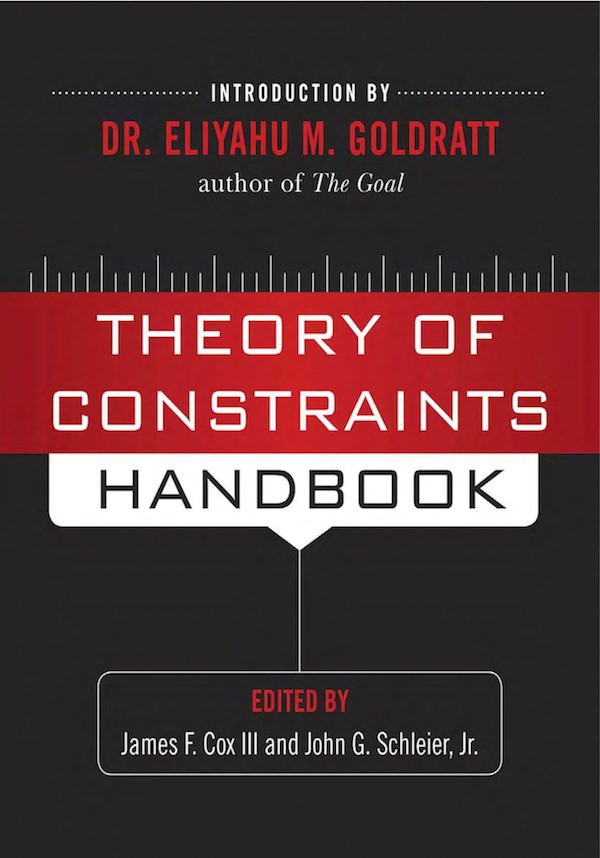Continuous Improvement and Auditing (Chapter 15 of the Theory of Constraints Handbook)
Dr. Alan BarnardInfo
Level of TOC knowledge acquired:
Advanced and IntermediateLength:
54 pagesDesigned for:
Business owners, Consultants, Executives, Managers, Academics and ImplementersTopics:
Holistic Implementation, Ongoing Improvement and Strategy and TacticsApplication:
Strategy & Tactic Tree and Thinking ProcessesLanguage:
EnglishFormat:
DownloadShare
Recommend
This is an individual chapter of Theory of Constraints Handbook. \\\\\\\\\\\\\\Why do so many of the changes initiated by management fail to deliver the desired improvement for the organization as a whole (typically 70% of all changes fail) and is there anything that can be done to significantly reduce this failure rate?\\\\\\\\\\\\\\
To answer these two important questions, this chapter provides a framework for designing and implementing a continuous improvement and auditing process within organizations from a Theory of Constraints (TOC) perspective and to share some of the important new TOC developments in this field and practical ways to integrate this approach with organizational strategy and as a focusing method for LEAN, 6 Sigma and other improvement techniques.
The chapter starts with the definition of key concepts and a brief historical perspective on this subject and then provides an overview of the current gap, extent and consequences (vicious cycle) related to typical errors of omission, commission, detection and correction in using traditional continuous improvement and auditing methods and why so few changes result in a improvement for the organization (why change).
It then examines the underlying conflicts and assumptions that need to be challenged (what to change), the solution criteria, direction and details of a solution to break these conflicts and prevent new undesirable effects (to what to change), and finally sharing the insights on how to practically overcome the typical implementation risks and obstacles (how to cause the change and achieve a process of ongoing improvement) to implementing such a TOC-based continuous improvement and auditing solution developed over the past 20 years.
Content:
- Introduction
- Why Change?
- What to Change?
- To What to Change?
- How to Cause the Change?
Comprehensive coverage of the Theory of Constraints
Complete Table of contents of the Theory of Constraints Handbook
- I: What is TOC?
- II: Critical Chain Project Management
- III: DBR, Buffer Management, and Distribution
- IV: Performance Measures
- V: Strategy, Marketing, and Sales
- VI: Thinking Processes
- VII: TOC in Services
- VIII: TOC in Complex Environments
- Theory of Constraints in Complex Organizations
- Applications of Strategy and Tactics Trees in Organizations
- Complex Environments
- Combining Lean, Six Sigma, and the Theory of Constraints to Achieve Breakthrough Performance
- Using TOC in Complex Systems
- Theory of Constraints for Personal Productivity/Dilemmas
- IX: Summary
About the Authors:
James F. Cox III, Ph.D, CFPIM, CIRM, holds TOCICO certifications in all disciplines. He is a Jonah's Jonah, Professor Emeritus, and was the Robert O. Arnold Professor of Business in the Terry College of Business at the University of Georgia. Dr. Cox has written three books on TOC.
John Schleier holds TOCICO certifications in all disciplines. He was President and Chief Operating Officer of the Mortgage Services Division of Alltel, Inc., Executive Vice President of Computer Power, Inc., and Director of Office Systems and Data Delivery for IBM.









































